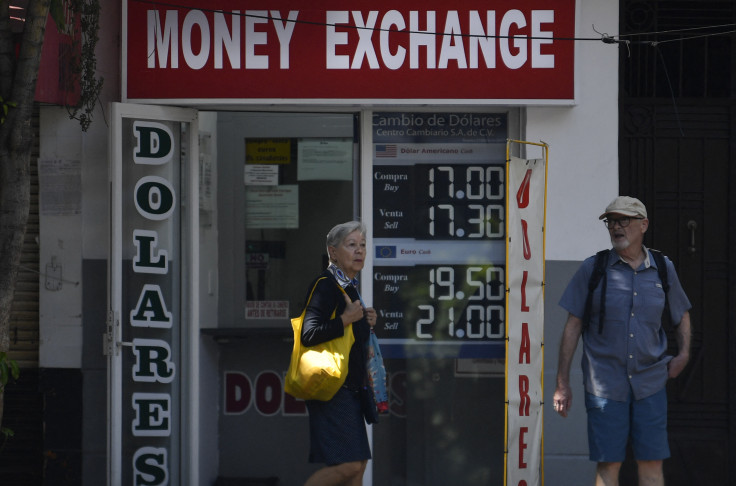
Remittances to Mexico again fell in September, marking the sixth decline in a row.
The Bank of Mexico noted in a report that funds declined by 2.7%, and that so far in 2025 the country has received $46.7, compared to $48.4 billion for the same period last year.
The decrease is significant for Mexico, especially considering that remittances represent 3.5 percent of the country's GDP and is a lifeline for 1 million residents of rural areas close to the border with the U.S.
"(A total of) 1.1 million people in Mexico have been lifted out of multidimensional poverty thanks to remittance transfers. If remittance income (were) not included in the 2024 measurement, the population living in poverty in Mexico would increase from 38.5 million to 39.6 million people," read a statement from BBVA cited by Border Report.
The outlet also cited analysts who claim explanations lie with the Trump administration's immigration crackdown, as more than 90 percent of remittances to Mexico come from the U.S. The slowdown in the construction industry, which employs a large percentage of Mexican workers, can also help explain the situation.
After record levels of $64.7 billion in 2024, remittances to Mexico are projected to fall to $61 billion this year, a decline driven by both reduced U.S. labor participation among Mexican migrants and fear of deportation.
Mexican President Claudia Sheinbaum downplayed the impact of the reduced amount in late August, claiming it "has not been that drastic."
However, other reports show that at least some communities that have long depended on remittances are facing an abrupt slowdown.
The Washington Post reported in August that communities in Oaxaca, historically major sources of U.S. migrants, are particularly affected. In some areas, remittances account for more than 10% of local economic activity, supporting construction, small businesses, and family expenses. Local officials note that fewer families are receiving consistent payments, leaving towns struggling to maintain economic activity.
Experts consulted by the outlet explained that the Trump administration's immigration crackdown has prompted both voluntary returns and reduced work participation among Mexicans in the U.S., while fewer new migrants are entering the labor market. Analysts note that remittance flows naturally depend on ongoing migration, and Mexico's migration levels have fallen over the past 15 years.
© 2025 Latin Times. All rights reserved. Do not reproduce without permission.





